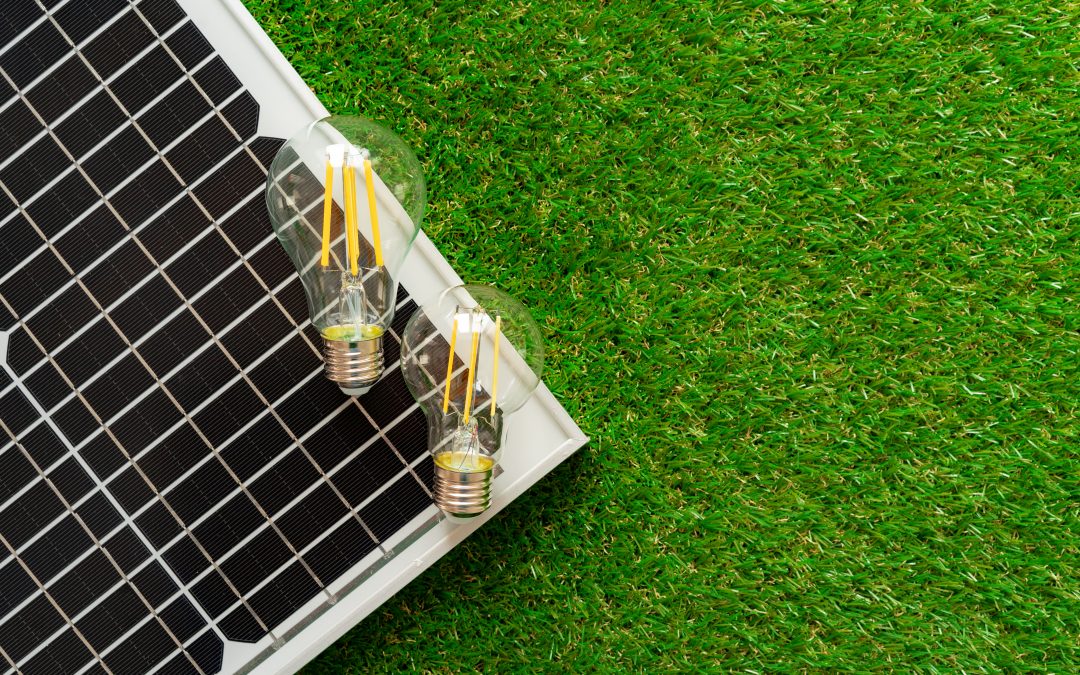In a world increasingly committed to sustainable energy solutions, the development of efficient indoor solar cells is a significant milestone. Chemists at Kaunas University of Technology (KTU) in Lithuania have synthesized innovative materials that enhance the performance of photovoltaic (PV) cells under low-light conditions. This advancement opens new possibilities for integrating solar technology into everyday electronic devices, ensuring consistent energy generation even indoors.
Addressing the Climate Crisis with Renewable Energy
Global climate change, driven by the consumption of fossil fuels, necessitates the adoption of renewable energy sources like wind, water, and solar power. Among these, solar energy stands out due to its flexibility, efficiency, and cost-effectiveness. However, a considerable amount of light energy from indoor sources and sunlight entering through windows remains untapped. This challenge is addressed by indoor photovoltaics, which generate electricity even under low-intensity light, thus harnessing otherwise wasted energy (Trina Solar) (Nexamp).
Pioneering Indoor Photovoltaic Cells
The team at KTU has focused on perovskite photovoltaic cells for indoor use. These cells can be integrated into mobile phones, pocket flashlights, and various IoT devices, generating electricity from artificial light. The integration of such cells can significantly enhance the efficiency and energy management of these devices (Nexamp).
Dr. Asta Dabulienė, a Senior Researcher at KTU, has developed a series of efficient hole-transporting thiazol[5,4-d]thiazole derivatives. These compounds selectively transport positive charge carriers (holes) while blocking negative charge carriers (electrons), thereby reducing recombination losses and improving the overall efficiency of the solar cells (Trina Solar).
High-Efficiency Indoor Solar Cells
The thiazol[5,4-d]thiazole derivative synthesized by Dr. Dabulienė includes a triphenylamine donor fragment, which has demonstrated significant potential in perovskite solar cells for indoor use. Research conducted at Ming Chi University of Technology in Taiwan showed that these cells achieved a power conversion efficiency of 37.0% under 3000 K LED (1000 lx) illumination. This indicates a substantial improvement in the performance of indoor PV cells, paving the way for their widespread adoption (Nexamp).
International Collaboration and Future Prospects
The breakthrough in indoor solar cells is the result of an international collaboration involving scientists from KTU, King Abdullah University of Science and Technology (Saudi Arabia), and Ming Chi University of Technology (Taiwan). This partnership has not only advanced the development of high-efficiency indoor PV cells but also expanded the scope of research and innovation in the field (Trina Solar).
Professor Juozas Vidas Gražulevičius, Head of the Chemistry of Materials research group at KTU, highlights the importance of international cooperation in achieving these scientific milestones. He notes that working with researchers from diverse cultural and academic backgrounds enriches the research process and fosters innovative solutions (Nexamp).
Practical Applications and Market Potential
Beyond theoretical advancements, the practical applications of these indoor solar cells are extensive. For instance, they can be embedded in home automation systems to power sensors and smart home devices, reducing the need for traditional battery replacements and promoting more sustainable living environments. In commercial spaces, these cells can support the energy needs of various IoT devices, contributing to more efficient energy use and lower operational costs. As the market for smart devices and IoT technologies expands, the demand for reliable, low-light energy sources like these innovative PV cells is expected to grow significantly.
The development of efficient indoor solar cells by KTU chemists represents a significant step towards maximizing the use of light energy. By harnessing low-intensity light sources, these innovative photovoltaic cells can be seamlessly integrated into a variety of electronic devices, promoting sustainable energy practices and reducing reliance on fossil fuels. As research and collaboration continue to advance, the potential for indoor solar technology to contribute to a greener future becomes increasingly evident. These advancements not only highlight the ingenuity of international scientific cooperation but also promise a substantial impact on both residential and commercial energy solution.
While there are logistical issues in making the change, we can solve them all for you, easily and economically. Contact Us at Renewable Energy and we’ll show this can be done to your advantage.


Recent Comments